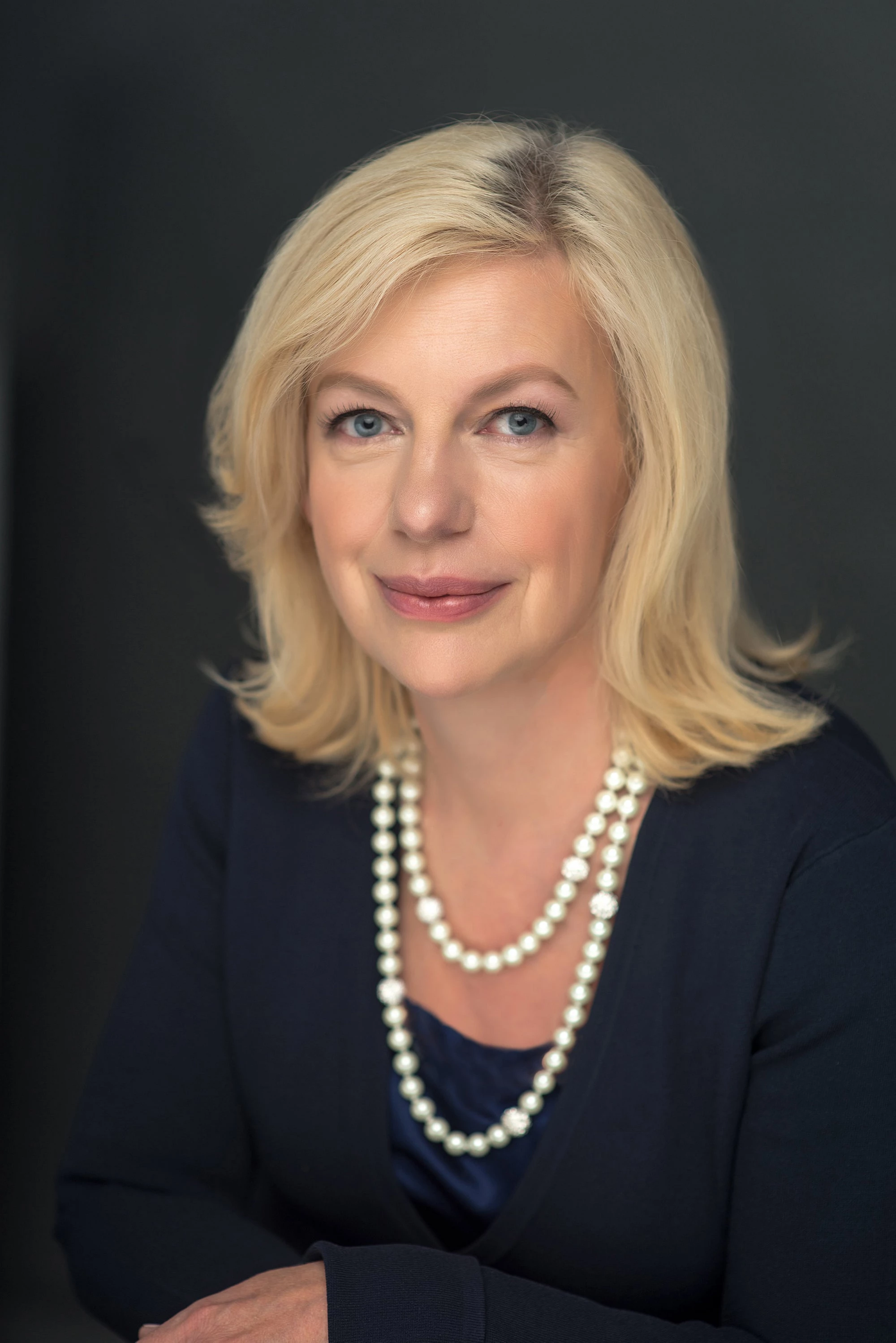Welcome to SuM4All in 60 Seconds: A Vlog Toward Sustainable Mobility. In this video blog series, I will be speaking with influencers, experts, country and city leaders, private sector and civil society representatives from all over the world to discuss the importance of sustainable transport and the future of mobility.
For this very first edition, I sat down with Nancy Vandycke, Program Manager of the Sustainable Mobility for All initiative (SuM4All). Nancy tells us about SuM4All’s vision for sustainable mobility and presents the new Global Roadmap of Action (GRA),a groundbreaking tool that will allow countries to take concrete action and transform the future of mobility.
Alejandra Gutierrez: Before we discuss the GRA, let me ask you a simple question: What exactly is sustainable mobility? What issues are we trying to solve?
Nancy Vandycke: Excellent question. Let me start by sharing with you daunting findings from a recent report on progress on the Sustainable Development Goals (SDGs). It goes like this: globally, poverty has declined, but its pace is slowing down; inequalities are rising, and GHG emissions are increasing, with transport as a critical contributor. The expected shifts in development pathways to generate the transformation of the world are not happening. So what could unlock the status quo? For the SuM4All coalition, the answer is simple: transport could (as a pivotal sector to achieving all SDGs), and transport would (provided it develops in a sustainable way). That means a transport system that is accessible for all, safe, efficient and green.
Alejandra: What sort of actions do countries and cities need to take to attain sustainable mobility?
Nancy: This is precisely the question of the Global Roadmap of Action Toward Sustainable Mobility (GRA). The GRA catalogs more than 180 policy measures that developed and developing countries can consider and adapt to their circumstances. Let me take two examples: incentives to promote electric vehicles (EVs). Is it wise to promote EVs if electricity is generated from fossil fuel? Such a policy only makes sense if accompanied by targets on renewable energy. Public procurement is another example. This policy is under-used, even though tighter environmental requirements for publicly procured goods and services could go a long way to incentivize private companies to look for innovative mobility solutions.
Alejandra: How will those measures add up to deliver sustainable mobility?
Nancy: One crucial innovation of the GRA is to take a hard look at this toolbox of policy measures and their expected impact. Which ones are the most effective? In the GRA, we found that many policies build on each other and help advance on more than one goal. For example, the provision of bicycle-sharing systems (as an alternative to vehicle ownership) is a measure that works for both green mobility and universal access. By prioritizing policies that multi-task, a country could achieve its targets much faster. This principle is at the heart of the GRA.
Alejandra: Talking about decision-makers, how useful will the GRA be for them?
Nancy: We designed the GRA with country decision-makers in mind. We expect that they will also find value in the six policy papers and the private consultation paper that come with it. For example, the policy paper on gender brings together all the experience and knowledge we have on policies to enable gender balance in transport.
Alejandra: What about the new Online Tool Toward Sustainable Mobility 1.0?
Nancy: Yes, it started as a project to make the content of the GRA available online to multiply its potential for influencing change. It ended up as a fantastic tool that ties in data from the Global Mobility Report to the policy work of the GRA. With this tool, any country in the world will be able to visualize how far it is from sustainable mobility, explore a vast catalog of policies, and view a prototype action plan based on its current mobility performance. This work lays the foundations for the Bank and other development partners to do detailed diagnostics on mobility and devise tailored action plans for implementation and investment, in partnership with countries.
Alejandra: The journey to produce the GRA, policy papers, and tool lasted 18 months. What did you learn along the way?
Nancy: This work would not have been possible without the World Bank and the 54 member organizations making their knowledge available and agreeing to work together to achieve something more extensive than what each of them would have done on their own. The effort involved more than 180 experts, 25 large corporations, and 50 public decision-makers. Looking forward, the GRA will help fill significant knowledge gaps in the sector and turn that into tangible country-level results. More importantly, it has opened a range of new possibilities and solutions to consider, as we all strive for a more sustainable future.
Stay tuned for our monthly vlogs and visit our website www.sum4all.org for much more!



Join the Conversation